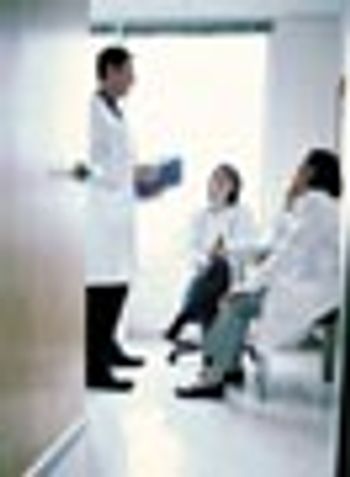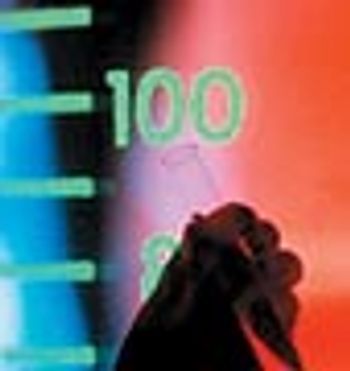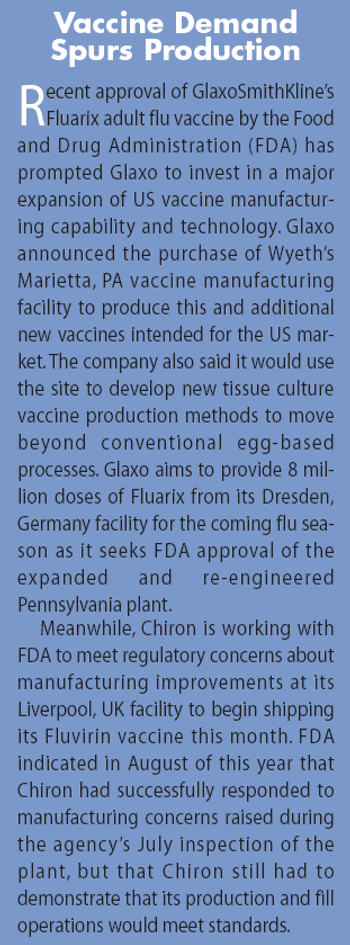
Several methods are available to assess RNA integrity and purity, which may affect downstream applications.

Several methods are available to assess RNA integrity and purity, which may affect downstream applications.

Operating costs are the white-hot issue in the boardrooms of our life sciences clients and they tend to rule the site selection process. A soft economy, worldwide trade competition, drug cost containment pressures from the US government, and a lean and mean message sent by the venture capital community mean that quantitative factors that focus on the cost of doing business are trumping qualitative lifestyle factors, especially when evaluating sites for a new biopharmaceutical facility.

Many industry professionals know that analytical testing for biopharmaceuticals for all raw materials, production in-process stages, and final containers must be validated, and they generally understand how this can be achieved. Many of us even understand the basic concepts of laboratory compliance and production process quality. However, how exactly are analytical test method performance and process robustness related and how do they depend on each other? Furthermore, how do we monitor and maintain the accuracy and reliability of analytical methods long after validation completion to ensure the suitability of these methods for measuring process quality?

The ripple effects of 9/11 are still being felt, creating changes among individuals, businesses, and government organizations. The biotech community is no different; companies are taking a new look at the way they do business and shifting their focuses in response to new opportunities presented by federal preparedness programs. In 2004, President Bush signed "Project BioShield," a bill that made $5.6 billion in federal funds available over a 10-year period to develop countermeasures against chemical, biological, radiological, or nuclear attack. An additional $2.5 billion was added to the initiative in 2005. Numerous grants and contracts have already been awarded to companies developing innovative prophylactic measures, treatments, and diagnostic tools to be used in the event of a biological attack.

...each day a product is delayed is estimated to cost upwards of $1 million to $100 million.

Idon't have many colleagues who react with joy when management announces strategic planning meetings. Do you? After all, it means hours, nay days, of discussion and debate while your day-to-day obligations lag woefully behind.

Until now, there was little data on chemical inactivation of CHO cells and other GMM.

Departure from dilutional similarity can be interpreted as evidence that the groups of organisms are not comparable or the preparations do not contain the same active compounds.

IT, payroll, manufacturing, and clinical-trial data management are key areas for growth in biopharm outsourcing efforts.

Health programs seek to establish secure systems to manage the fast-expanding quantities of drugs and medical products going to developing countries.